Currently having a difficult time with this error. I am relatively new to R and still working out the kinks but here what I am trying to do.
I have a file that has this exact format:
2j2j 902223
6i2i 2311
0i2b 23345
1k2c 4324
I want to convert this into a pie chart in R, but I am having a difficult time putting everything where it needs to be. I want the first column to be the labels, and the second column to be the data that is that being visualized. The methodology I am using putting each column into its own variable. I am extremely confused what would be effective, a scan() function or a read.table function?

